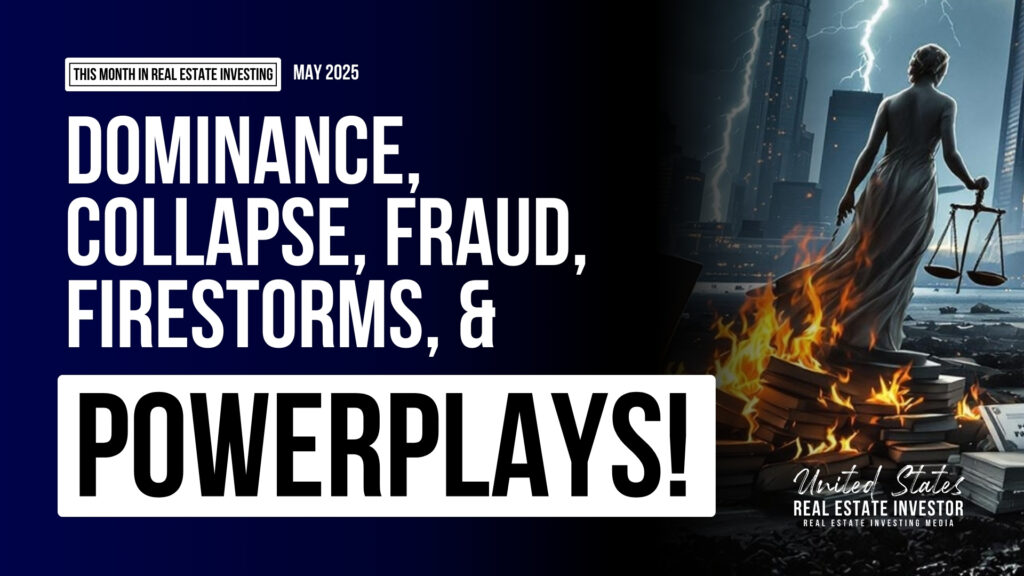Key Takeaways
- Avoid legal issues and financial loss by thoroughly screening tenants and using clear lease terms.
- Stay informed about local laws and prioritize regular maintenance to protect your investment.
- Accurately assess operating costs and vacancy risks to ensure a stable rental business.
How to Prevent Common Lease Agreement Pitfalls
You’re risking legal headaches and lost income if you skip tenant screening, use vague lease terms, ignore local laws, neglect maintenance, or misjudge operating costs and vacancy risks. Picture a renter who stops paying, then sues over unclear clauses—these mistakes are costly, but all too common.
Lock in your investment with precise leases, proper vetting, and a solid handle on expenses.
Want to sidestep rookie landlord errors and build a bulletproof rental business? Stick with us.
Skipping Essential Tenant Screening
Ever wonder why some landlords seem to avoid the headaches of nightmare tenants, costly evictions, or unexpected legal battles? It often boils down to one essential step: never skipping essential tenant screening. By rigorously conducting tenant background checks, you can spot red flags early—like poor credit or a rocky eviction history. Leveraging reliable screening services aligns with best practices in successful team management, much like assigning effective roles based on natural strengths.
Nearly 90% of landlords rely on these tools because skipping them opens the door to risky tenants, missed rent, or even time-consuming evictions. Advanced technology and reliable screening services now make it easier than ever to gather and verify applicant information. Errors and outdated information in screening reports can unfairly disqualify qualified tenants, so it’s crucial to review reports carefully and ensure that decisions are based on accurate, relevant data.
Drafting Vague or Incomplete Lease Terms
How often do seemingly small oversights in lease drafting spiral into major legal battles? When lease terms are vague or incomplete, you set yourself up for disputes over critical issues like lease duration and pet policies.
Imagine leaving out specifics about who’s responsible for maintenance or not spelling out the rent payment process. It’s more than just confusion—it opens you to loopholes that tenants or courts can exploit.
An incomplete property description may derail security deposit disputes or leave you unprepared in court. If you’re not precise about rent escalation or how late fees are enforced, enforcing those policies becomes a nightmare. Drafting lease agreements without professional and legal compliance can result in non-enforceable leases and significant legal or financial risks.
Clear, enforceable terms are your strongest shield. Always detail every policy and responsibility to protect your investment from unnecessary risk.
Overlooking Legal Compliance and Local Regulations
You might think your lease looks airtight, but skipping over legal compliance or brushing off local regulations can torch even the most polished agreement.
Imagine a lease negotiation where you fail to disclose lead-based paint or past mold issues—suddenly, you’re facing fines or lawsuits. Relying on a generic lease template? It’s easy to miss clauses like security deposit limits or tenant notification requirements about nearby registered sex offenders, costing you time and credibility. Consulting with professionals helps ensure clear ownership structures and that the lease reflects evolving legal requirements.
Ensuring clear lease drafting with well-defined terms and accurate documentation also protects both the landlord’s investment and the landlord-tenant relationship.
You should adopt regular tenant communication, clarify subleasing terms per city ordinances, and double-check fair housing provisions. Don’t wait for an inspection to uncover habitability issues or discriminatory language.
Each jurisdiction brings its own surprises—so review local codes, update templates annually, and put compliance at the forefront of every lease agreement.
Neglecting Repair and Maintenance Responsibilities
Far too often, letting repair and maintenance responsibilities slide turns a profitable investment into a legal headache. If you ignore structural neglect or fail to maintain essential services, you can quickly breach legal obligations, risk costly repairs, and lose tenant trust.
Do your lease agreements clearly assign repair duties and require record documentation? Too many landlords overlook these basics, inviting trouble when disputes arise. Always document maintenance requests immediately and store all details related to each request in a centralized system. Here’s what you must address:
- Structural neglect—Stay on top of foundational repairs to avoid code violations.
- Essential services—Prioritize heating, cooling, and water maintenance.
- Record documentation—Keep detailed logs for every maintenance action.
- Tenant requests—Respond swiftly and communicate repair timelines.
Cutting corners today leads to bigger costs tomorrow. Are your maintenance processes truly watertight?
Misjudging Operating Costs and Vacancy Risks
Staying on top of repair and maintenance is only half the battle—misjudging operating costs and vacancy risks can quietly erode your bottom line just as quickly. Precise cost estimation is essential. If you underestimate average monthly operating expenses—often $383–$450 per unit for small landlords—you risk negative cash flow.
Expense categorization matters, too; don’t inadvertently lump general admin costs in with true operating expenses or you’ll invite tenant disputes and potential legal trouble. Spell out expense allocations in your lease to keep expectations clear and avoid charges for unrelated property costs. 41% of properties experience some vacancy annually, which means landlords should build vacancy loss into their financial models to maintain profitability and adequately plan for potential income gaps.
Assessment
Ready to dodge those costly lease blunders and safeguard your investments?
By thoroughly screening tenants and tightening your contracts, you’re on the right track. Stay compliant, address repairs quickly, and keep an eye on operating costs.
These steps won’t just save you from legal headaches—they’ll help you build a stronger, more profitable portfolio.
Remember, every lease tells a story.
Will yours be a blueprint for success or a cautionary tale?
Make every clause count, and let smart strategies guide you to long-term gains.
Now, go ahead and start turning those leases into success stories!























